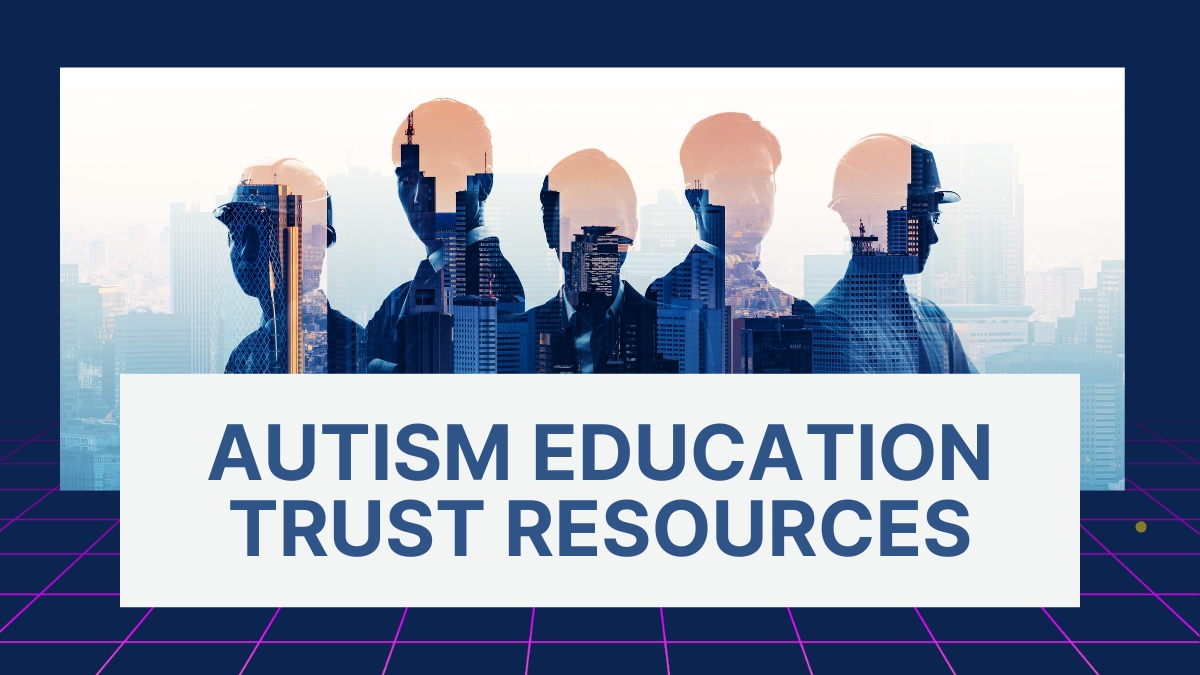Autism education is a critical area of focus for educators, parents, and community members, aiming to provide effective support for children on the autism spectrum. The Autism Education Trust (AET) offers invaluable resources tailored to improving the educational experiences of students with autism. If you are a teacher, caregiver, or simply someone wanting to learn more, here’s how to effectively use and benefit from the Autism Education Trust’s offerings.
1. Familiarize Yourself with the AET Framework
The Autism Education Trust operates under a comprehensive framework designed to enhance the understanding and teaching of students with autism. Start by visiting the AET website to learn about their principles, resources, and the core competencies they promote. Familiarizing yourself with their objectives, such as promoting inclusive education and improving communication strategies, will help you grasp the broader context of autism education.
2. Explore AET Training Programs
One of the primary offerings of the AET is their training programs. These are designed for educators and support staff to equip them with the necessary skills and knowledge to support students with autism effectively. Consider participating in one of their accredited training sessions, which can help you understand autism, the needs of your students, and practical strategies for inclusion in the classroom.
3. Utilize Free Resources and Toolkits
The AET provides a variety of free resources that can be beneficial in your educational approach. This includes toolkits, lesson plans, and practical guides tailored to various educational settings. Make sure to download these materials, suitable for teachers, parents, and schools, to enhance your understanding and application of effective teaching practices for those with autism.
4. Participate in Community Engagement Opportunities
Engaging with the wider community is essential to promoting awareness and understanding of autism. The AET often organizes events, webinars, and workshops. By participating in these activities, you can network with other educators, share experiences, and gain insights into best practices and innovative strategies for teaching students on the autism spectrum.
5. Stay Informed on Research and Developments
The field of autism education is constantly evolving due to ongoing research and innovations. It’s vital to stay updated with the latest information and resources from AET, as well as other credible organizations. Subscribe to newsletters or follow their social media channels to receive updates on new resources, training opportunities, and research findings relevant to autism education.
6. Advocate for Autism Awareness in Your Community
Utilizing AET’s resources also means standing as an advocate for autism awareness. Consider organizing or participating in local initiatives that promote understanding and support for individuals with autism. Sharing insights gained from training or resources can help foster a more inclusive environment for schools, parents, and communities at large.
7. Share Knowledge and Resources with Others
If you have benefited from AET’s resources or training, share this knowledge with colleagues or members of your community. Collaboration is key in education, and by sharing what you have learned, you contribute to a culture of support and understanding. Create workshops, discussion groups, or resource-sharing sessions to encourage others to integrate AET practices into their routines.
By understanding and utilizing the resources provided by the Autism Education Trust, you can significantly improve your approach to supporting students with autism. Whether you’re a teacher, parent, or a community member, these steps will help you contribute positively to the educational journey of individuals on the autism spectrum, fostering inclusivity and empowerment in the learning environment.
